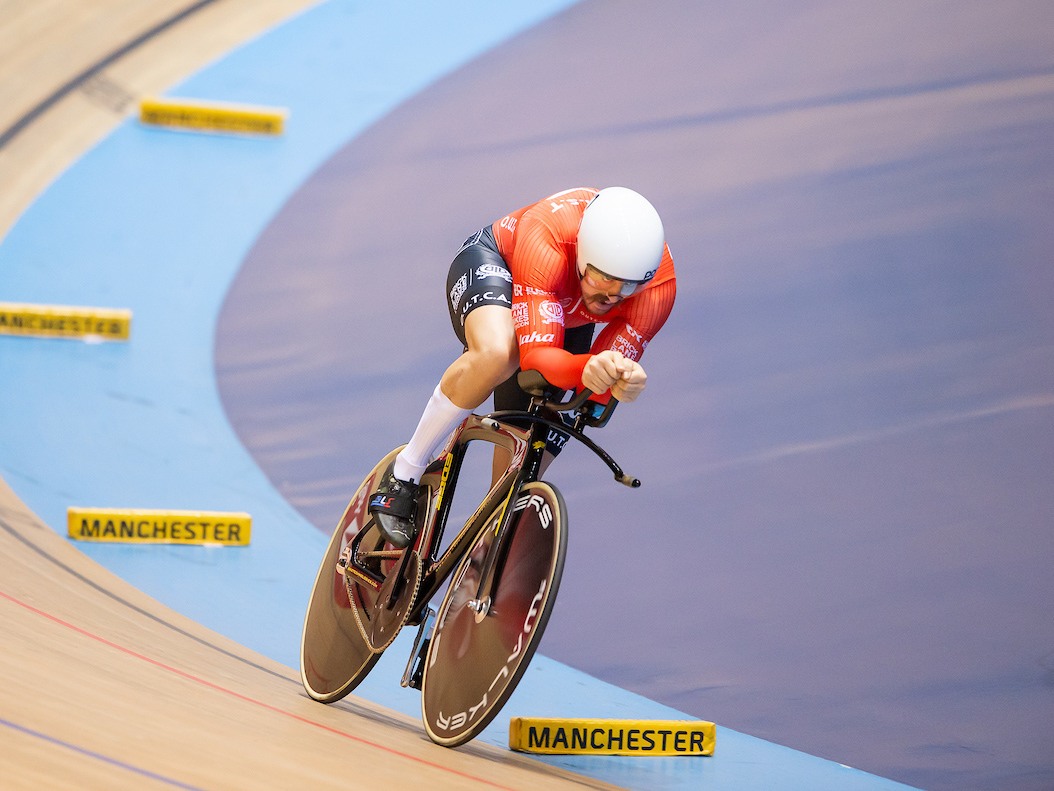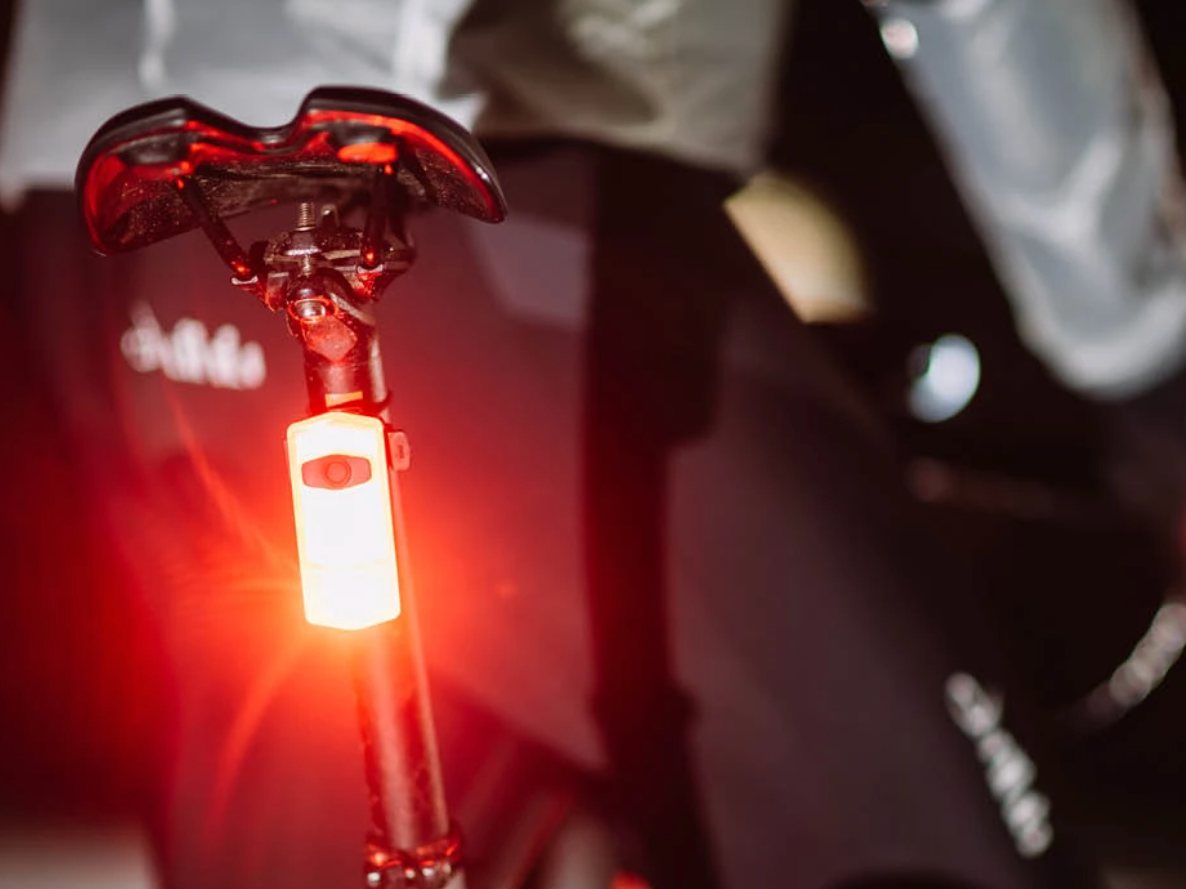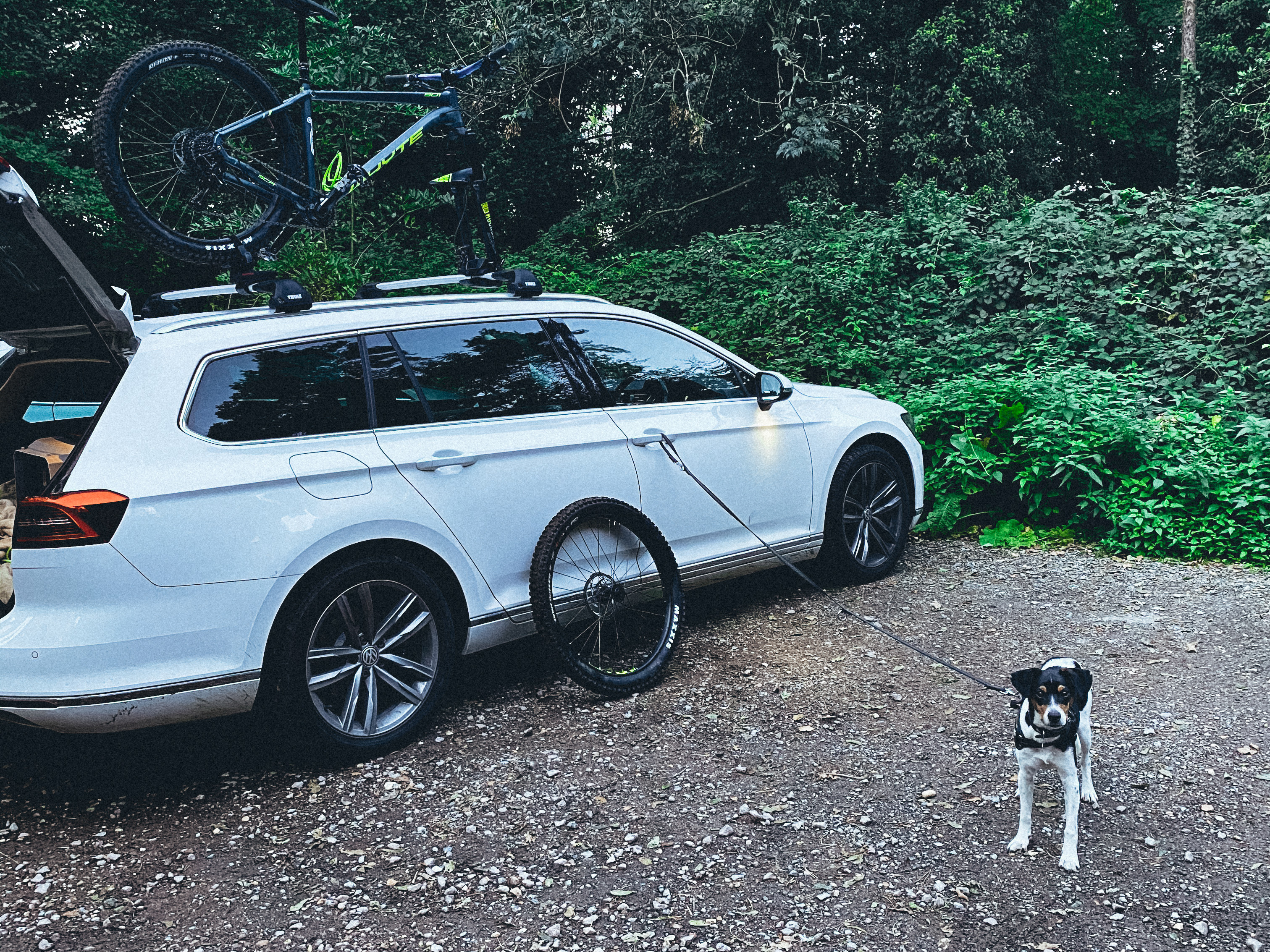I reached out to my good friend Elliot Birkbeck who runs @thechilternscyclingguide to ask him a few questions about winter riding. To set the scene here a little, Elliot is a phenomenal athlete that has competed at an elite level in a range of sports, He's studied sport science and has a great understanding of physiological demands on the body for training along with a passion for performance textiles. He's currently representing GB for age group triathlon and isn't afraid of the British winter! Here's what he has to say about winter riding.
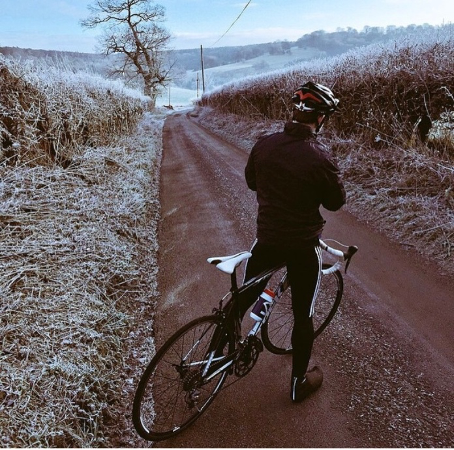
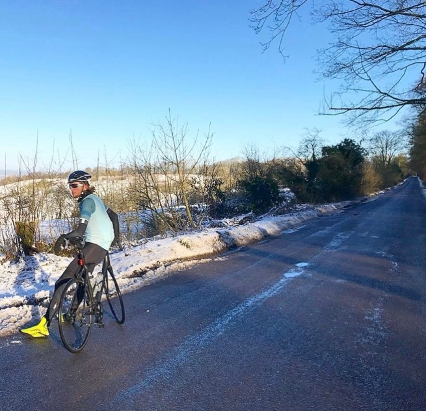

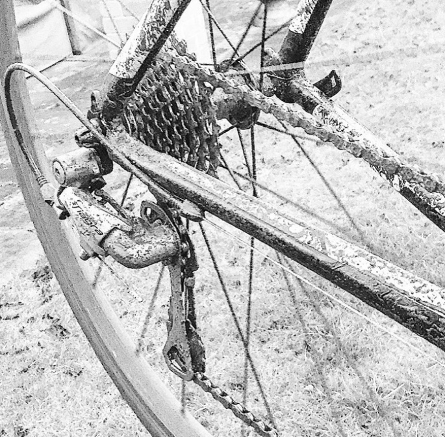
BH: Tell us a bit about your background in sport and currently where you are at.
EB: I started out as most kids do, playing team sports through school and University. I got a cheap road bike from Halfords when at Uni to get around but as my wanderlust and love for cycling grew I ended up cycling Land’s End to John O’groats on that thing too. It just proves you don’t need to spend a fortune to enjoy the outdoors on two wheels.
When I started to take my training more seriously I managed to qualify for the GB age group Triathlon team and now it’s just become part of who I am. I was due to compete in Canada, Sweden and the Netherlands this year but coronavirus has put the brakes on competition for the time being.
BH: What type of riding/training do you do during the winter months?
EB: I mostly use my commute to work when riding in the winter. At the weekends I will switch to my mountain bike and seek out the mud. I’m pretty lucky living in the Chilterns to have some good bridleways, the ridgeway and small single-track trails which aren’t that well known. People think they need to head to designated MTB parks (which are awesome) but it’s not always the case.
BH: What keeps you riding through the winter?
EB: I get asked that a lot, especially when it’s dark and chucking it down with rain. There are a few different reasons but mostly because it helps me maintain a good base level of fitness. I try to be as environmentally conscious as possible, so it stops me using my car to get to and from work, which also helps me save money. I love riding my bike outside, indoor trainers serve a purpose but you don’t feel the wind on your face or the change of the seasons. Noticing your environment take on different personas is just something that can’t be replicated on Zwift.
BH: What would you say are essential items of clothing for riding during winter and what would you say are your favourites.
EB: Protect your extremities. Gloves have got to be number 1 followed by a good thick pair of socks and overshoes (neoprene lined will keep your toes warm).
I find a merino long sleeve top with gilet and neck warmer is the perfect combination on top as it lets heat escape. Save your rain jacket for when it’s really raining or foggy, otherwise you’ll end up wet on the inside as your sweat can’t escape.
BH: Bike choice? / mudguards no mudguards? /Racks / Tubeless? (Pics)
EB: If it gets me outside and puts a smile on my face I’m not too worried about what bike it is. That being said you’ll enjoy the experience a lot more if you are on the right set up. In winter your bike can take a hammering from all sorts of things like the elements and road surface.
The wider your tyres the lower pressure you can run, making it a more comfortable ride. The same can be said for tubeless. It will also save you getting punctures from all the debris that finds its way onto the bike paths and roads during the winter. I once got 3 punctures in one day because they had cut the hedgerows and thorns were all over the bike path. My commute is only 10 miles into work so I was ready to throw in the towel after the 3rd puncture!
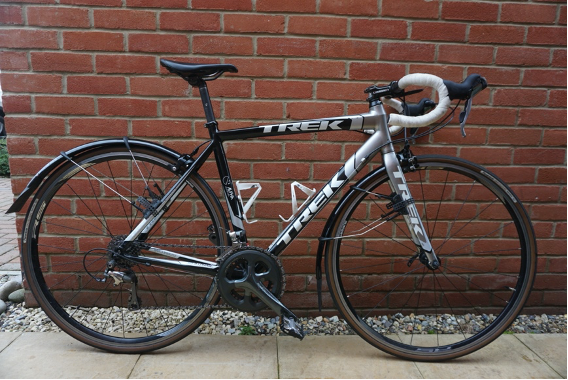
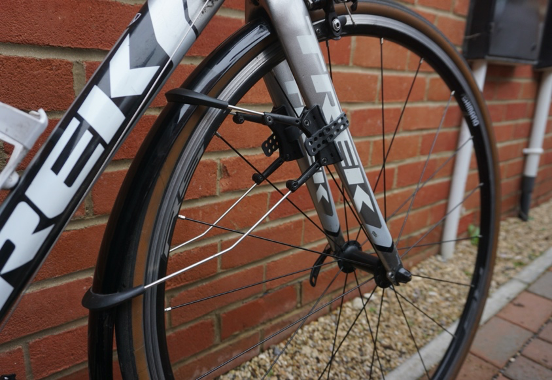

Mudguards come in all different shapes and sizes but these work great as they are low profile and can be fitted to your bike without the need for screw eyelets.
When I’m commuting I run a rear mudguard if it’s raining to save my ass and backpack from getting completely soaked. When I’m mountain biking I don’t use any, getting muddy is all part of the fun!
When I’m commuting I run a rear mudguard if it’s raining to save my ass and backpack from getting completely soaked. When I’m mountain biking I don’t use any, getting muddy is all part of the fun!
Racks are an interesting one; I used to swear by my racks because it took the load off and saved my back getting super sweaty, but I’ve found if I can keep my pack light (by leaving my computer and clothes at work) I prefer to have as little on my bike as possible because it handles so much better.
Again, no need for rack mounts as this one pictured above just attaches straight to your seat post. Ideal if you’re carrying heavier loads that you don’t want on your back.
Again, no need for rack mounts as this one pictured above just attaches straight to your seat post. Ideal if you’re carrying heavier loads that you don’t want on your back.
BH: What do you do to stay visible with low light at this time of year?
EB: Double up on front and rear lights. You can set one on a constant beam so you can see where you’re going and the other on a flashing beam to increase your visibility to others. If one fails you know you’ve got a backup too.
Anything from 600 lumens + will give you a good enough beam to see where you’re going if it’s pitch black without any street lights.
Anything from 600 lumens + will give you a good enough beam to see where you’re going if it’s pitch black without any street lights.
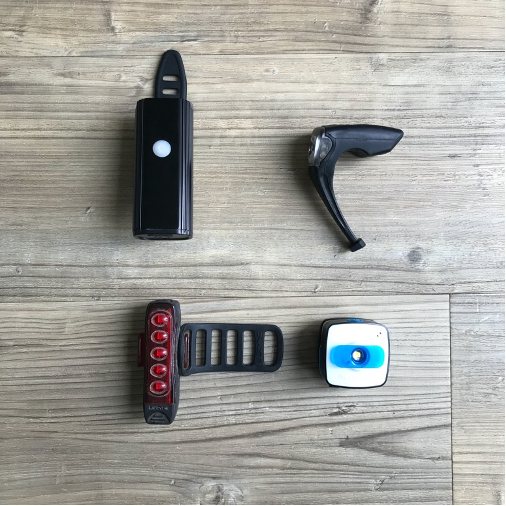
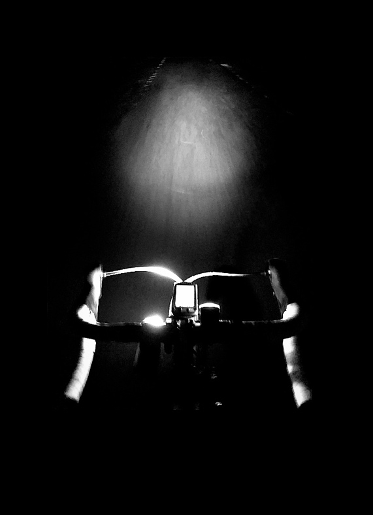

If you have any questions for myself or Elliot then please feel free to reach out via the contact page
I've also put together some of my own recommendations on lights here you might also find the See Sense Icon 2 rear light blog particularly interesting, I rate it highly, it's more than just a light!

